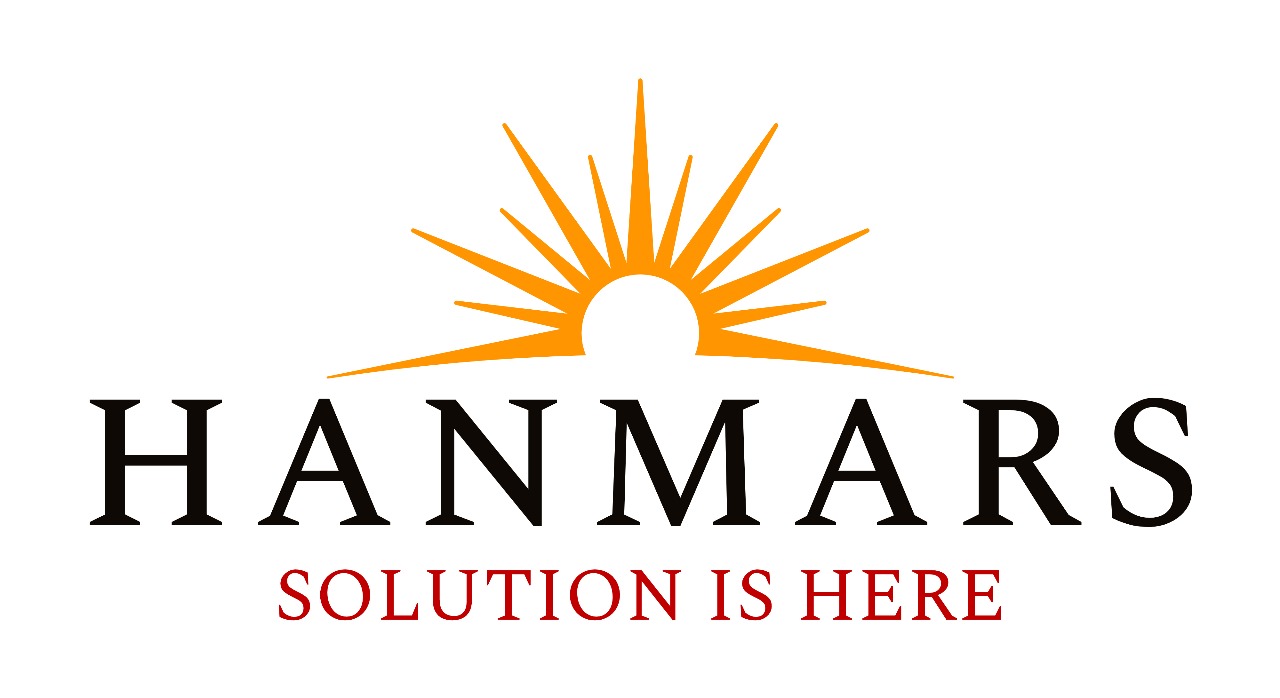Bridging the IT/OT/IoT Divide: How System Integrators Drive Digital Transformation
In today’s rapidly evolving digital landscape, the convergence of Information Technology (IT), Operational Technology (OT), and the Internet of Things (IoT) has emerged as a game-changer for businesses across industries. This powerful triumvirate holds the key to unlocking unprecedented levels of efficiency, productivity, and innovation. However, harnessing the full potential of this technological fusion requires a strategic approach and the expertise of specialized System Integrators.

IT, the backbone of modern enterprises, governs the flow of information and data within an organization. It encompasses a wide range of technologies, including computer systems, networks, databases, and software applications. Common IT protocols and standards include TCP/IP, Ethernet, Wi-Fi, and various application-level protocols like HTTP, SMTP, and FTP.
OT, on the other hand, encompasses the hardware and software systems that monitor and control industrial processes, such as manufacturing equipment, power generation and distribution systems, and transportation networks. These systems often rely on specialized industrial protocols like Modbus, Profinet, EtherCAT, and CAN bus for real-time control and communication.
While each of these domains holds immense value on its own, their true potential lies in their seamless integration. By breaking down the silos and enabling the free flow of data and communication between IT, OT, and IoT systems, organizations can unlock a myriad of benefits, including increased operational efficiency, enhanced decision-making, and improved customer experiences.
However, this integration is not without its challenges. IT and OT systems often operate in silos, with different protocols, standards, and security requirements. The IoT introduces an additional layer of complexity, with a vast array of devices and data streams that need to be managed and secured effectively. Ensuring seamless interoperability, data integrity, and cybersecurity across these disparate systems requires specialized expertise and strategic planning.
This is where System Integrators play a pivotal role. These specialized firms possess deep expertise in bridging the gaps between IT, OT, and IoT systems, enabling organizations to reap the benefits of a unified digital ecosystem. With their comprehensive knowledge of hardware, software, and communication protocols, System Integrators can design and implement tailored solutions that facilitate data exchange, enhance operational visibility, and optimize processes across the entire organization.
Moreover, System Integrators play a crucial role in ensuring the security and resilience of these interconnected systems. With their in-depth understanding of cybersecurity best practices and regulatory compliance requirements, they can implement robust security measures to protect against potential threats and vulnerabilities, safeguarding critical infrastructure and sensitive data. This includes implementing firewalls, intrusion detection systems, secure remote access solutions, and regular security audits and penetration testing.
Hanmars, a new-age System Integrator, demonstrates exceptional capability in the seamless integration of Information Technology (IT), Operational Technology (OT), and the Internet of Things (IoT), positioning itself as a leader in this rapidly evolving space. Their IT solutions ensure robust data management and security, critical for supporting the backbone of modern business operations. By leveraging advanced analytics, cloud computing, and AI-driven insights, Hanmars enhances decision-making processes, driving operational efficiency and innovation. Their expertise in OT enables the optimization of industrial processes through real-time monitoring and control, ensuring that machinery and systems operate at peak performance. This integration is fortified by a deep understanding of network protocols, cybersecurity measures, and interoperability standards, ensuring that IT and OT systems communicate seamlessly and securely.
In the IoT domain, Hanmars excels by connecting disparate devices and systems, creating a cohesive network that enhances data flow and operational intelligence. Their solutions facilitate the integration of IoT devices into existing IT and OT frameworks, providing comprehensive visibility and control across various environments. By deploying edge computing, Hanmars minimizes latency and enhances real-time decision-making capabilities, critical for industries ranging from manufacturing to smart cities. Furthermore, their commitment to scalable and flexible solutions ensures that organizations can adapt to evolving technological landscapes without compromising performance or security. Overall, Hanmars’ proficiency in IT, OT, and IoT integration empowers businesses to achieve greater efficiency, resilience, and innovation in an increasingly interconnected world.
System Integrators, like Hanmars, not only provide technical expertise but also offer strategic guidance and consultation services. They work closely with organizations to understand their unique challenges, goals, and requirements, and develop customized solutions tailored to their specific needs. This collaborative approach ensures that the implemented solutions align with the organization’s overall business objectives and drive tangible value.
As the digital revolution continues to unfold, the convergence of IT, OT, and IoT will become increasingly crucial for organizations seeking to remain competitive and future-proof their operations. System Integrators, with their unique blend of technical expertise and strategic vision, will undoubtedly play a pivotal role in navigating this complex landscape, enabling organizations to harness the full potential of these transformative technologies and unlock new frontiers of innovation and growth.

